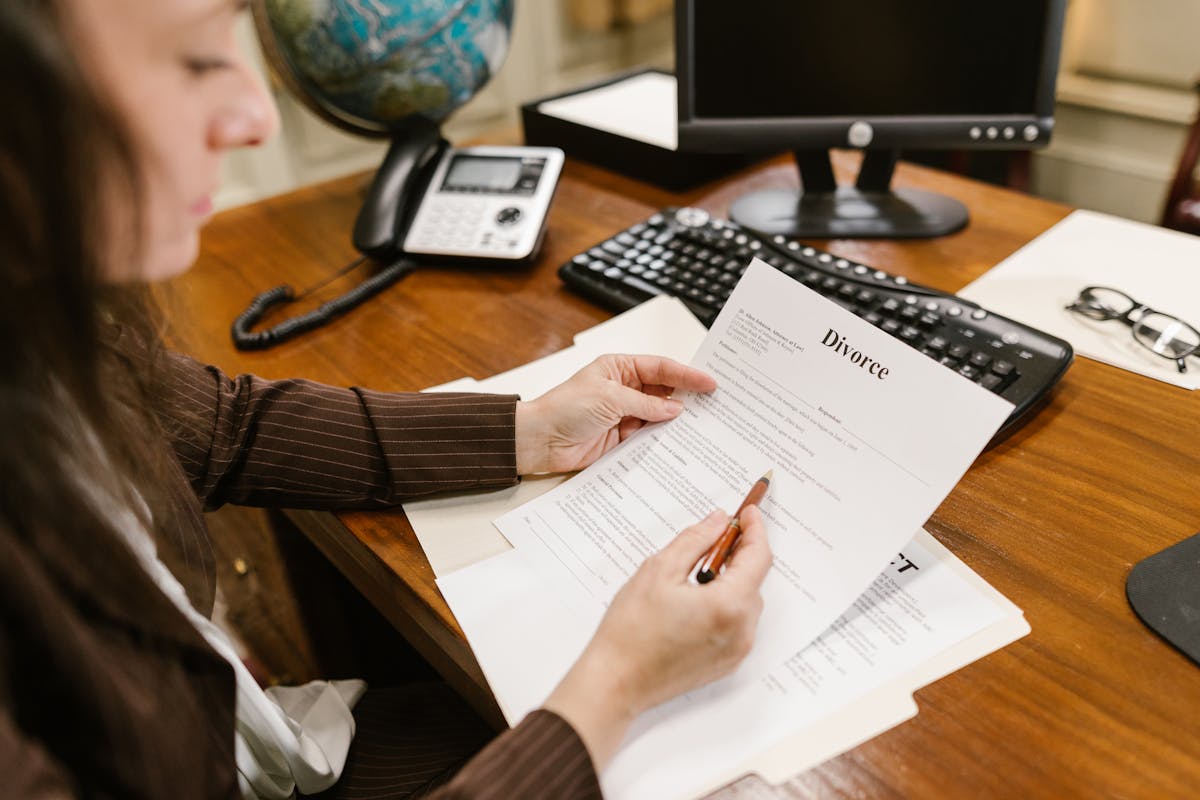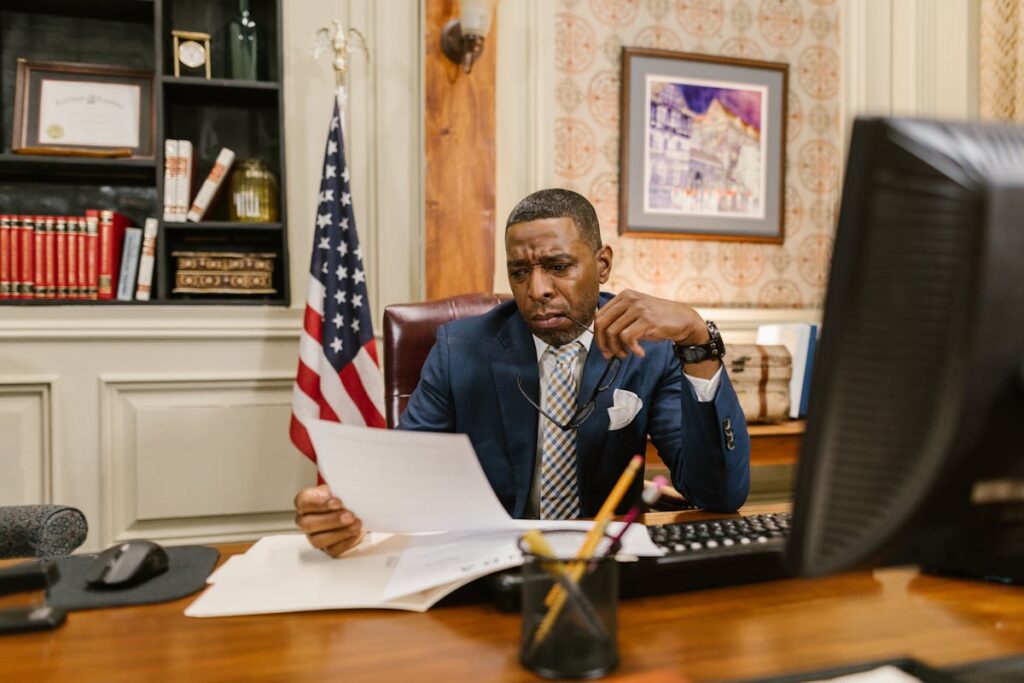Winning a pedestrian personal injury lawsuit hinges on carefully orchestrated steps, each helping to establish liability and secure just compensation. A solid foundation begins with collecting extensive evidence, from witness testimonies to detailed accident reports. Engaging a seasoned attorney specializing in personal injury law can greatly enhance case strength through strategic planning and negotiations. Yet, understanding the nuances of damages, from medical costs to emotional distress, is equally critical. What strategic maneuvers will lead to success?
Understanding the Basics of Pedestrian Personal Injury Law
Pedestrian personal injury law is a critical aspect of tort law designed to protect individuals who have been harmed while on foot due to the negligence or misconduct of others. This legal framework guarantees that pedestrian rights are upheld, providing a pathway to compensation for injuries sustained. Liability determination is central in these cases, requiring a meticulous examination of the circumstances surrounding the incident. Legal experts assess factors such as traffic signals, right-of-way, and driver behavior to establish negligence. By clearly delineating the responsibilities of motorists and pedestrians, the law seeks to allocate fault accurately. Understanding these foundational principles is essential for victims to navigate the legal process effectively and secure rightful restitution for their injuries and associated losses.
Collecting and Preserving Crucial Evidence
A critical component in winning a personal injury lawsuit is the adept collection and preservation of essential evidence. Immediately after the incident, securing witness statements is paramount. Witnesses provide unbiased accounts that can substantiate the victim’s claims. These statements should be detailed, noting the sequence of events and any observable actions of the involved parties. Furthermore, obtaining accurate accident reports is vital. Such reports, typically compiled by law enforcement, offer an authoritative documentation of the scene, including diagrams and officer observations. They serve as an invaluable resource in reconstructing the event and establishing liability. Additionally, preserving physical evidence like photographs of the scene and injuries can fortify one’s case. Thorough documentation solidifies the foundation upon which a successful claim is built.
Choosing the Right Personal Injury Attorney
Choosing the appropriate personal injury attorney requires a meticulous evaluation of their experience in handling similar cases, as this expertise greatly influences the likelihood of a favorable outcome. Equally critical is evaluating the attorney’s communication skills, as clear and consistent communication guarantees that the client remains informed and engaged throughout the legal process. By prioritizing these factors, individuals can position themselves for a more effective representation in their personal injury lawsuit.
Evaluate Attorney Experience
When seeking a favorable outcome in a personal injury lawsuit, the importance of choosing an attorney with a proven track record cannot be overstated. Evaluating attorney experience involves scrutinizing attorney credentials and trial experience. An attorney’s credentials indicate their educational background and professional qualifications, offering insight into their expertise in personal injury law. Trial experience, on the other hand, is essential in determining an attorney’s capability to navigate the complexities of courtroom litigation. Look for attorneys who have successfully handled cases similar to yours and have a history of securing favorable verdicts or settlements. A seasoned attorney with a strong track record can adeptly strategize and advocate, greatly enhancing the likelihood of a successful resolution to your case.
Assess Communication Skills
Beyond evaluating an attorney’s experience, another critical factor in choosing the right personal injury attorney is their communication skills. An attorney who possesses effective listening abilities guarantees that the client’s concerns and details of the incident are thoroughly understood. This skill is indispensable for constructing a robust case strategy that aligns with the client’s best interests. In addition, clear articulation is paramount when conveying complex legal concepts to clients in an understandable manner, assuring they are informed every step of the way. An attorney’s ability to present arguments persuasively in court and negotiate adeptly with insurance companies hinges on these communication skills. As a result, evaluating an attorney’s proficiency in both effective listening and clear articulation is essential for those seeking to secure a favorable outcome in their lawsuit.
Navigating Insurance Claims and Settlements
To effectively navigate insurance claims and settlements, one must first possess a thorough understanding of the applicable insurance policies, including coverage limits and exclusions. Armed with this knowledge, individuals can engage in strategic negotiations to secure fair settlements, ensuring that compensation accurately reflects the extent of injuries and damages sustained. Legal expertise is essential in this process, as it facilitates the identification of leverage points and strengthens the claimant’s position against insurance adjusters.
Understanding Insurance Policies
Maneuvering the intricate web of insurance policies is essential for anyone pursuing a personal injury lawsuit. Understanding insurance coverage is the foundation of a successful claim. Each policy delineates specific claim limits, which dictate the maximum compensation a claimant can receive. Evaluating the coverage thoroughly guarantees that all potential avenues for recovery are explored. It is imperative to recognize the distinctions between liability coverage, which addresses the other party’s responsibility, and personal coverage, which might cover additional expenses. Thorough comprehension of these elements aids in accurately appraising the financial stakes involved. By meticulously reviewing policy documents, one can identify all applicable provisions, exclusions, and endorsements. This informed approach builds a robust case, ensuring no detail is overlooked in the pursuit of just compensation.

Negotiating Fair Settlements
Effective negotiation of settlements is a critical phase in the personal injury lawsuit process, requiring a strategic approach grounded in legal expertise. Attorneys must meticulously prepare their case, gathering all pertinent evidence to substantiate claims for fair compensation. In settlement negotiations, the objective is to bridge the gap between the plaintiff’s demands and the insurance company’s offer. This necessitates a thorough understanding of the injury’s impact on the victim’s life, both economically and emotionally. Legal practitioners must present compelling arguments, crafted with precision, to persuade insurers of the claim’s validity. Additionally, they must remain vigilant, recognizing any attempts by insurers to undervalue the claim. Achieving a fair settlement is the culmination of astute negotiation skills, ensuring justice and adequate remuneration for the injured party.
Assessing the Full Extent of Your Damages
Understanding the full extent of one’s damages is a critical step in building a robust personal injury lawsuit. To effectively assess damages, one must identify extensive damage types, including medical expenses, lost wages, pain and suffering, and future care costs. Each category requires meticulous documentation to substantiate claims. Compensation factors such as the severity of injuries, recovery duration, and impact on quality of life play a pivotal role in determining the settlement value. Engaging medical and economic experts can provide authoritative evaluations and forecasts, strengthening the case. Additionally, one must consider non-economic damages, which, though intangible, greatly affect the victim’s life. Thoroughly understanding these elements guarantees all potential avenues for compensation are pursued, maximizing the likelihood of a favorable outcome.
Building a Strong Legal Strategy
Crafting a compelling legal strategy is essential for a successful personal injury lawsuit. A meticulous approach begins with thorough legal research and diligent case analysis. This involves examining precedents, statutes, and regulations relevant to pedestrian personal injury claims. Legal professionals must scrutinize past cases with similar circumstances to identify effective arguments and anticipate potential challenges. Detailed case analysis aids in constructing a narrative that convincingly demonstrates the negligence of the opposing party. By leveraging extensive legal research, attorneys can uncover pivotal case law and statutory provisions that bolster their client’s position. A well-structured strategy also includes identifying credible expert witnesses and gathering substantial evidence to substantiate claims. Ultimately, a robust legal strategy greatly enhances the prospects of a favorable outcome in court.
Preparing for Mediation and Negotiation
Mediation and negotiation stand as pivotal phases in the timeline of a personal injury lawsuit, offering both parties an opportunity to resolve disputes outside the courtroom. Mastery of mediation techniques and negotiation tactics becomes essential for a successful outcome. Legal representatives must thoroughly prepare by understanding the strengths and weaknesses of their case, anticipating counterarguments, and establishing clear settlement goals. Utilizing effective mediation techniques, such as open communication and active listening, helps in fostering a cooperative atmosphere. Meanwhile, astute negotiation tactics, including persuasive argumentation and strategic concessions, can bridge differences between parties. An attorney’s ability to adapt strategies in real-time underpins the potential for a favorable settlement, consequently saving time and resources while achieving desired compensatory outcomes for their client.
What to Expect During the Trial Process
How does one navigate the complexities of the trial process in a personal injury lawsuit? Mastery begins with understanding the trial timeline, which typically outlines phases from jury selection to verdict. Initial stages involve voir dire, the critical process of jury selection, where both parties evaluate potential jurors for impartiality. Skilled attorneys utilize strategic questioning to guarantee an unbiased jury, pivotal for a favorable outcome. Following this, opening statements set the stage, framing the narrative for the jury. Evidence presentation and witness testimonies then unfold, demanding meticulous preparation and sharp legal acumen. Closing arguments consolidate the case’s strengths, persuading the jury towards a desired verdict. Each step requires a thorough grasp of legal procedures, guaranteeing readiness to address unforeseen challenges.
Post-Trial Considerations and Steps
Once the verdict has been delivered, several post-trial considerations and steps emerge as essential components of the personal injury lawsuit process. Foremost among these are post trial motions, which can include motions for a new trial or to alter the judgment. Such motions can be crucial if errors or irregularities are perceived to have affected the trial’s outcome. If the post trial motions are denied or if the verdict is unsatisfactory, the appeals process becomes a significant avenue. This involves a higher court reviewing the trial court’s decision for legal errors. The appeals process demands meticulous preparation, as it relies on the trial record and legal arguments rather than new evidence. Consequently, engaging an experienced appellate attorney is often indispensable for steering through this complex phase.
Frequently Asked Questions
How Long Does a Pedestrian Personal Injury Lawsuit Typically Take?
The lawsuit timeline for a pedestrian personal injury case typically spans between several months to a few years. Various factors, including case complexity, legal proceedings, and negotiations, greatly influence the case duration, ultimately determining the resolution timeframe.
What Should I Do Immediately After a Pedestrian Accident?
After a pedestrian accident, immediate actions include conducting a thorough scene assessment and gathering witness statements. These steps are essential for documenting evidence, establishing liability, and providing an accurate account, which strengthens the individual’s legal position.
Can I Still Win My Case if I Was Partially at Fault?
In cases of partial fault, a detailed negligence analysis is essential. Fault determination greatly influences outcomes. Many jurisdictions allow recovery if the plaintiff’s fault is below a certain threshold, emphasizing the importance of expert legal guidance in complex cases.
How Do I Calculate Non-Economic Damages in My Case?
In calculating non-economic damages, one must consider non-economic factors such as pain and suffering, emotional distress, and loss of enjoyment. A thorough damages assessment requires expert testimony and documentation to substantiate the claims effectively in court.
What Role Does Expert Testimony Play in Pedestrian Injury Cases?
Expert testimony in pedestrian injury cases greatly influences outcomes. The expert witness qualifications guarantee credibility, providing authoritative insights into injuries and causation. Their testimony credibility often sways judicial decision-making, highlighting the necessity of well-qualified experts in these proceedings.

